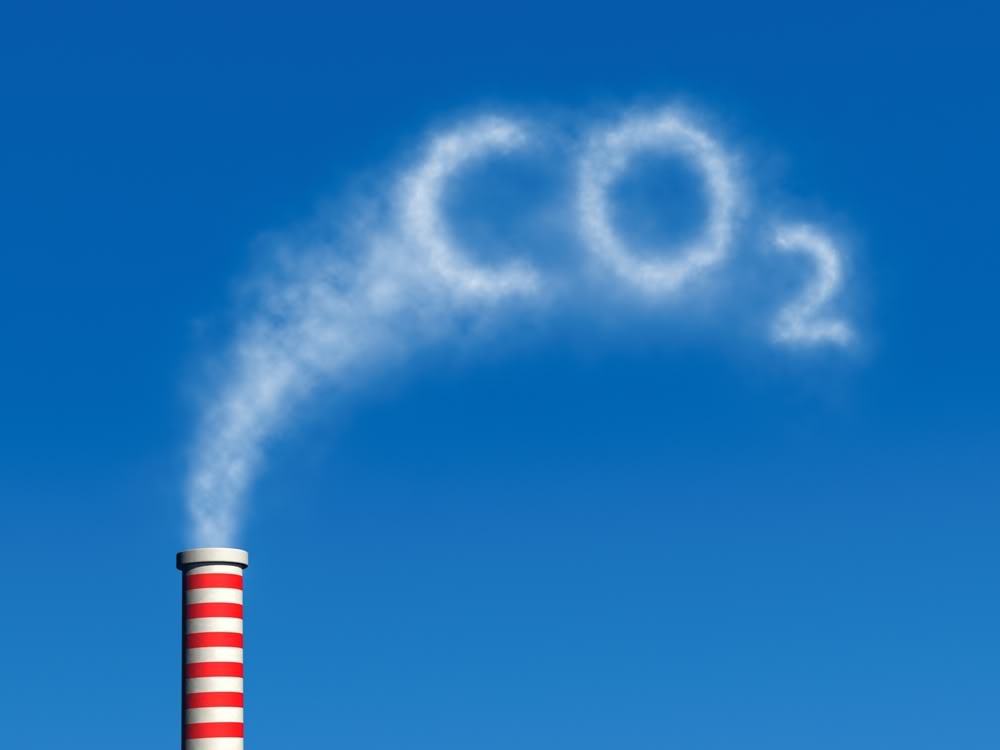Reality Check: BACT for GHG Emissions?
Posted: February 7th, 2011
Author: All4 Staff
Greenhouse gas (GHG) emissions are now officially addressed by new source permitting rules. The “Tailoring Rule” requires that sources get serious about addressing project-related GHG emissions when preparing Prevention of Significant Deterioration (PSD) permit applications. When a source is unable to “net out” of PSD for GHG emissions (the “magic bullet” for avoiding PSD for GHG is discussed at the end of this article) a greenhouse gas (GHG) Best Available Control Technology (BACT) analysis will be required. So what will a GHG BACT analysis entail, how will a GHG BACT analysis be different from a “traditional” BACT analysis, and what guidance has U.S. EPA provided for assisting both the regulated and regulatory community in the GHG BACT process? ALL4 has reviewed U.S. EPA’s guidance information and based on this review has developed the following observations.
As with the traditional BACT analysis, the “top down” five-step process will apply for a GHG BACT analysis. However, instead of addressing the feasibility and cost of control technologies as is the case for most traditional BACT analyses, assessing feasibility and cost or energy efficiency will be the most likely path for the GHG BACT. ALL4 believes that agency review of GHG BACT analyses will be highly scrutinized and focused on energy efficiency which will require a detailed, well documented BACT discussion on the reduction of GHG emissions per unit of production. For new sources (i.e., Greenfield facilities) the energy efficiency evaluation process can include the entire facility. However, for a modified source, only the energy efficiency evaluation for the modified emission unit can be considered. In other words, if a facility installs a process dryer that will dry a raw material thereby requiring less heat (i.e., energy) from a downstream processing emission unit, any energy efficiency at the downstream processor cannot be considered in context of a GHG BACT for the process dryer.
Fortunately, U.S. EPA has provided GHG BACT white papers for a select few industrial sectors, which are available on U.S. EPA’s website. These sector specific white papers evaluate the various emission units inherent to the industrial sector and provide some preliminary energy efficiency benchmarks. For industrial sectors where no guidance is available (e.g., glass manufacturing) it would be worthwhile for a source to generate these energy efficiency benchmarks by reviewing trade association information or facility records involving energy saving projects.
 And what of that magic bullet that was alluded to earlier? Well, the magic bullet involves contemporaneous emission decreases and as we all know, contemporaneous emission decreases can offset emission increases (in a netting analysis) and thus help to avoid PSD. For example, with regards to that process dryer mentioned previously, let’s say an energy efficiency project was undertaken on the downstream processing emission unit in 2009. The contemporaneous GHG emission decrease documented from the downstream processing unit could be used in the 2011 project as part of a netting analysis. The contemporaneous reduction could be sufficient to enable the project to net out of the PSD program for GHG emissions. A caveat to the use of this magic bullet is that a facility will require detailed documentation of GHG emission reductions in order for the agency to allow the emission reductions, and any GHG emission reductions will need to be enforceable, identical to the netting requirements associated with NSR-regulated pollutants.
And what of that magic bullet that was alluded to earlier? Well, the magic bullet involves contemporaneous emission decreases and as we all know, contemporaneous emission decreases can offset emission increases (in a netting analysis) and thus help to avoid PSD. For example, with regards to that process dryer mentioned previously, let’s say an energy efficiency project was undertaken on the downstream processing emission unit in 2009. The contemporaneous GHG emission decrease documented from the downstream processing unit could be used in the 2011 project as part of a netting analysis. The contemporaneous reduction could be sufficient to enable the project to net out of the PSD program for GHG emissions. A caveat to the use of this magic bullet is that a facility will require detailed documentation of GHG emission reductions in order for the agency to allow the emission reductions, and any GHG emission reductions will need to be enforceable, identical to the netting requirements associated with NSR-regulated pollutants.
ALL4 is prepared to assist our clients with all phases of GHG PSD permitting. If you have questions about how the GHG BACT analysis will look for your facility or if the idea of documenting the contemporaneous GHG emission reductions that your facility has achieved intrigues you, please contact us.
